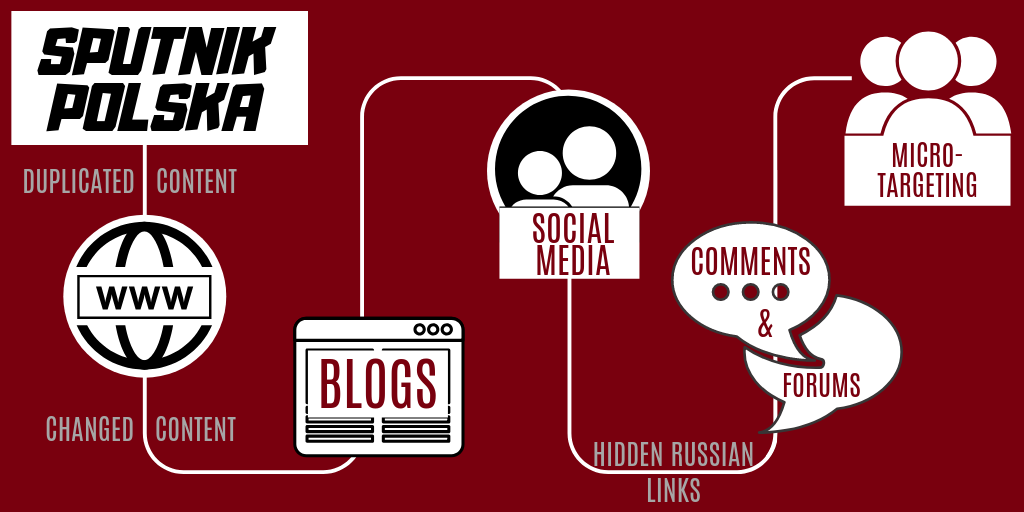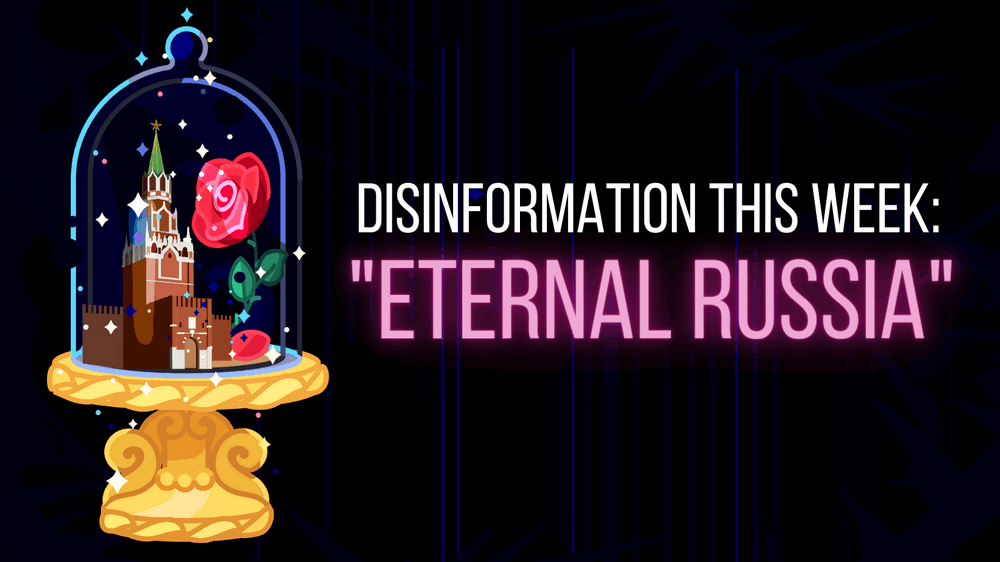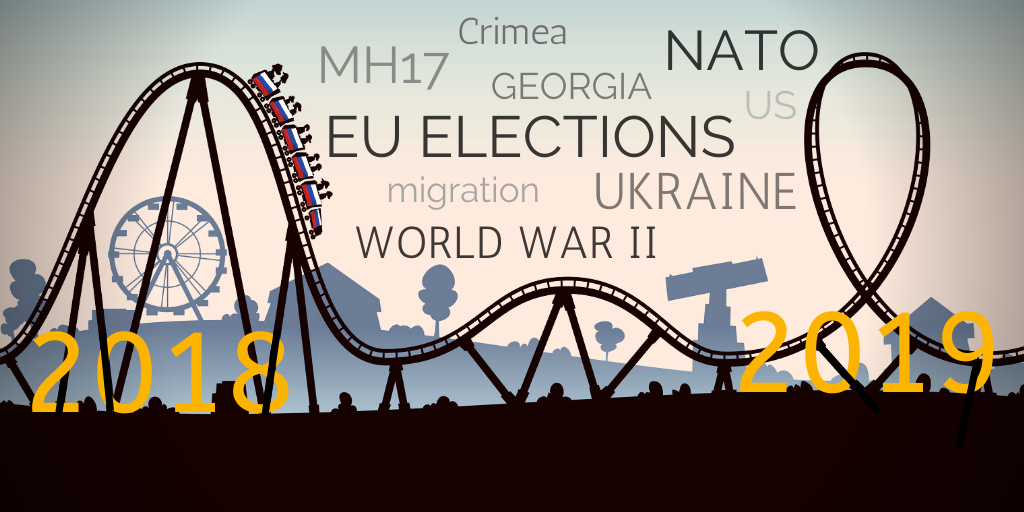In the beginning was the website
Poland and Ukraine share a long, rich, and sometimes painful history; the nations have a lot in common. According to different statistics, there are approximately 900 thousand to 1,2 million Ukrainian citizens living and working in Poland. The immigration started in 2014, with the deteriorating situation in eastern Ukraine due to Russia’s aggression and plentiful opportunities on offer in Poland’s economy. Given this background, the issue remains high on the political agenda of both informing and disinforming actors.
Sputnik Polska has been actively pushing disinformation narratives related to this topic. One of them touches upon social and economic issues close to the hearts of many Poles. On the one hand, it tried to push manipulative messages, blaming Ukrainians for the reduced standard of living in Poland (which, by the way, has been dynamically growing, not decreasing, in recent years). On the other hand, it tried to paint a picture of “Ukrainian slave workers” (debunked numerous times by EUvsDisinfo). This narrative’s aims were to portray Poland as a country which doesn’t treat people fairly, to exaggerate Polish-Ukrainian tensions, and to show Ukraine as a country without any prospects, forcing people to leave to become “slaves of Poland”. Adding insult to disinformation, Sputnik Polska also covered the deceptive report of the Russian Federal Supervisory Service for the Protection of Human Rights, according to which Ukrainians were allegedly bringing an epidemiological threat to Poland. This narrative spread to the mainstream media as well, and its aim was not only to portray Ukrainians in a negative light but to question the EU visa-free travel for Ukraine.
As the Info Ops Polska report points out, Sputnik Polska has also been exploiting difficult issues in Polish-Ukrainian history, trying to evoke fear in its audience by portraying Ukraine as “possessed by fascism and by the cult of Stepan Bandera” or even responsible for a new nuclear world war.
The pattern of distribution
However, once a manipulative or disinforming message appears in Sputnik Polska, it marks not the end, but the beginning of such an information operation. Different actors and tools are applied to spread the messages as widely as possible and target the groups and individuals who provide the biggest chance of disseminating these messages effectively.
Specifically, the content from Sputnik is duplicated (with slight changes in some cases) and disseminated through different websites, the choice of which depends on the particular narrative. The next stage consists of spreading the same narratives via numerous blogs – this is the point where the content is changed so that it reflects the familiar style of a blogger. Nevertheless, the thrust of the pro-Kremlin narratives stays the same. Next comes social media (chosen according to the message and the audience, its preferences, and vulnerabilities).
Another type of interference used by pro-Kremlin actors is engaging in discussions, both on internet fora and in the comments sections of different websites. They comment and put links to either the websites (used to disseminate original Sputnik message) or blogs. They don’t usually link to the original Sputnik Polska article, because hiding the connection to official pro-Kremlin Russian sources gives the message more credibility and make it seem organic.
The final stage of the information operation is micro-targeting – where pro-Kremlin actors seek out particular small groups or even individuals in hopes of getting them to push their messages through their own channels and thus launder the origins of the messages even more effectively. The targets are identified in accordance with their preferences and vulnerabilities, which pro-Kremlin actors have recognized and analyzed in depth. If the operation succeeds, a disinformation message is then spread to the mainstream – in the social and traditional media. It also paves the way for sophisticated psychological operations, and to many other gears from the Kremlin’s toolbox.
Apparently, laundering isn’t always about making clean.
Read also:
- Fake: Russian propaganda claims 1/4 of Ukrainians fled Ukraine because of pro-NATO policy
- Central and Eastern Europe in the fight with disinformation: How is Ukraine doing?
- NATO sprays poison over Poland, ‘civil war’ in Ukraine and other Russian disinformation cases
- The EU’s “concentration camps” in Ukraine: A сase of proactive disinformation
- Always blame the West! – And other disinformation trends of the week
- EU disinformation watchdog has collected over 5000 disinformation cases since November 2015
- Ukraine-related narratives dominate Russian propaganda – disinformation watchdogs
- Disinformation across ages: Russia’s old but effective weapon of influence
- “Ukraine will turn into a banana republic”: Ukrainian elections on Russian TV
- Internet bots are key players in propelling disinformation: study of 9 countries
- How the Kremlin steals foreign news to shape views of domestic audiences
- War on terms: who’s fighting against Ukraine in Donbas






